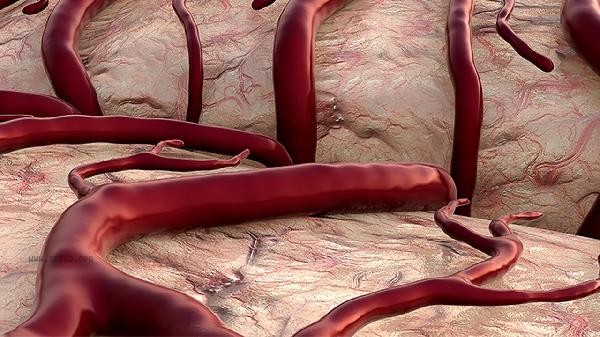Renal artery stenosis may lead to hypotension, but more commonly, it can cause hypertension. Renal artery stenosis can affect renal blood flow, leading to activation of the renin-angiotensin system and causing an increase in blood pressure. But in some cases, such as severe stenosis of bilateral renal arteries or impaired kidney function, hypotension may occur. Treatment should be based on specific causes and symptoms, using medication, surgery, or intervention.

1. Causes of renal artery stenosis
The causes of renal artery stenosis include genetic, environmental, physiological, traumatic, and pathological factors. Genetic factors may make individuals more susceptible to vascular disease. Environmental factors such as long-term exposure to high salt diets, smoking, or air pollution may accelerate arteriosclerosis. Physiological factors such as aging, obesity or diabetes can increase the risk of vascular disease. Trauma such as severe impact on the abdomen or waist may directly damage the renal artery. Pathological factors include atherosclerosis, fibromuscular dysplasia, etc. These diseases will gradually lead to renal artery stenosis.
2. The relationship between renal artery stenosis and blood pressure

Renal artery stenosis usually causes hypertension by activating the renin-angiotensin system. Narrowing leads to a decrease in renal blood flow, causing the kidneys to release renin, which in turn triggers vasoconstriction and an increase in blood pressure. But in some cases, such as severe stenosis of bilateral renal arteries or severe impairment of kidney function, the kidneys may not be able to effectively regulate blood pressure, leading to hypotension. Long term hypertension may lead to a decline in heart function, further affecting blood pressure regulation.
3. Treatment methods for renal artery stenosis
The appropriate method for treating renal artery stenosis should be selected based on the cause and symptoms. Drug therapy includes the use of angiotensin-converting enzyme inhibitors, calcium channel blockers, or diuretics to help control blood pressure and improve renal blood flow. Surgical treatments such as renal artery bypass grafting or renal artery stent implantation can directly relieve stenosis. interventional therapy such as percutaneous renal angioplasty restores blood flow through balloon dilation or stent implantation. In terms of diet, it is recommended to have a low salt and low-fat diet to control weight. In terms of exercise, moderate aerobic activities such as walking and swimming can help improve cardiovascular health. Renal artery stenosis may cause hypertension or hypotension, depending on the degree of stenosis and renal function. Treatment should be based on the cause and symptoms, and medication, surgery, or intervention should be chosen. By adopting a healthy diet and moderate exercise, the condition can be further improved. Regular physical examinations and monitoring of blood pressure can help detect and treat renal artery stenosis early, avoiding serious complications.









Comments (0)
Leave a Comment
No comments yet
Be the first to share your thoughts!